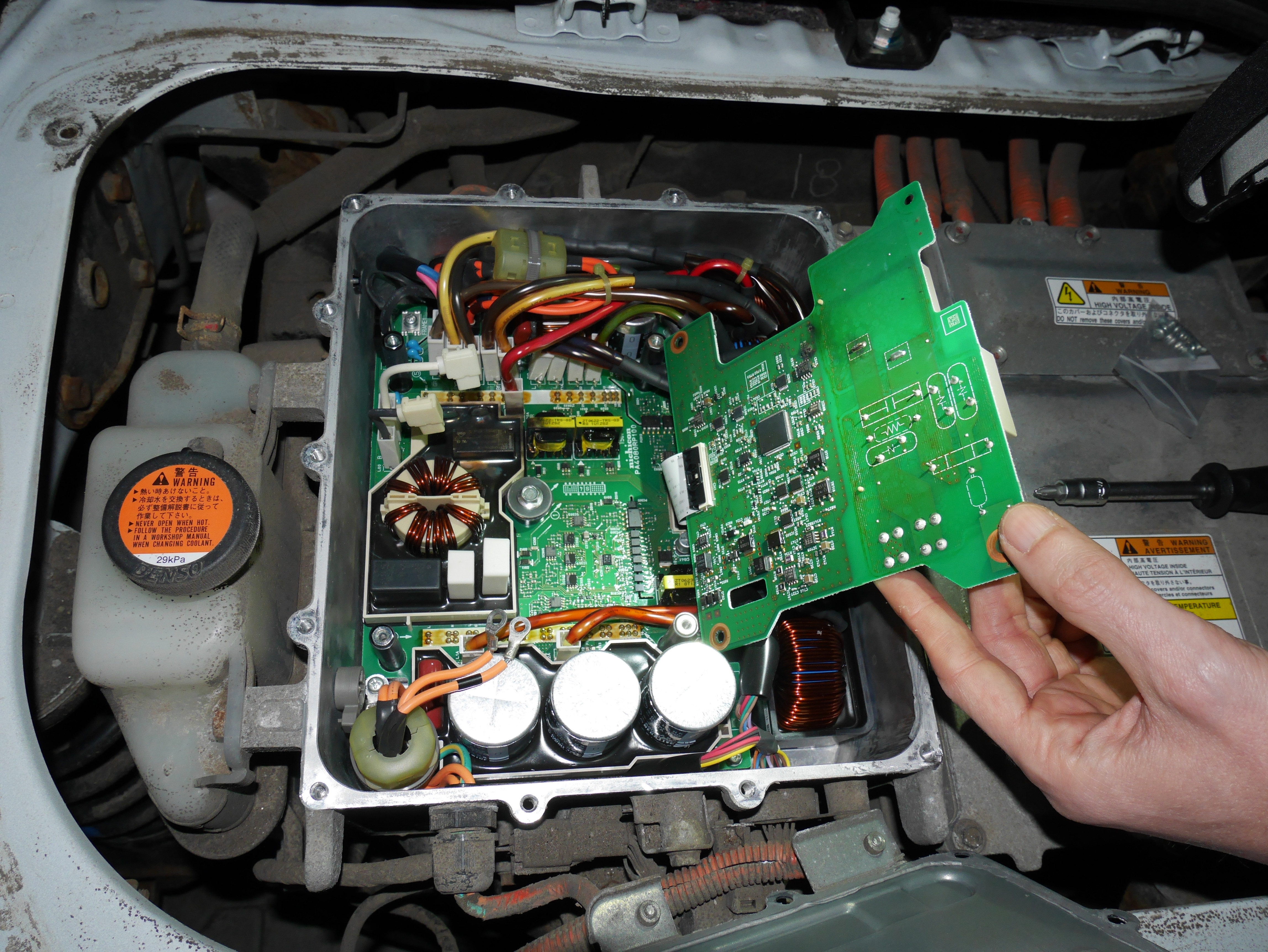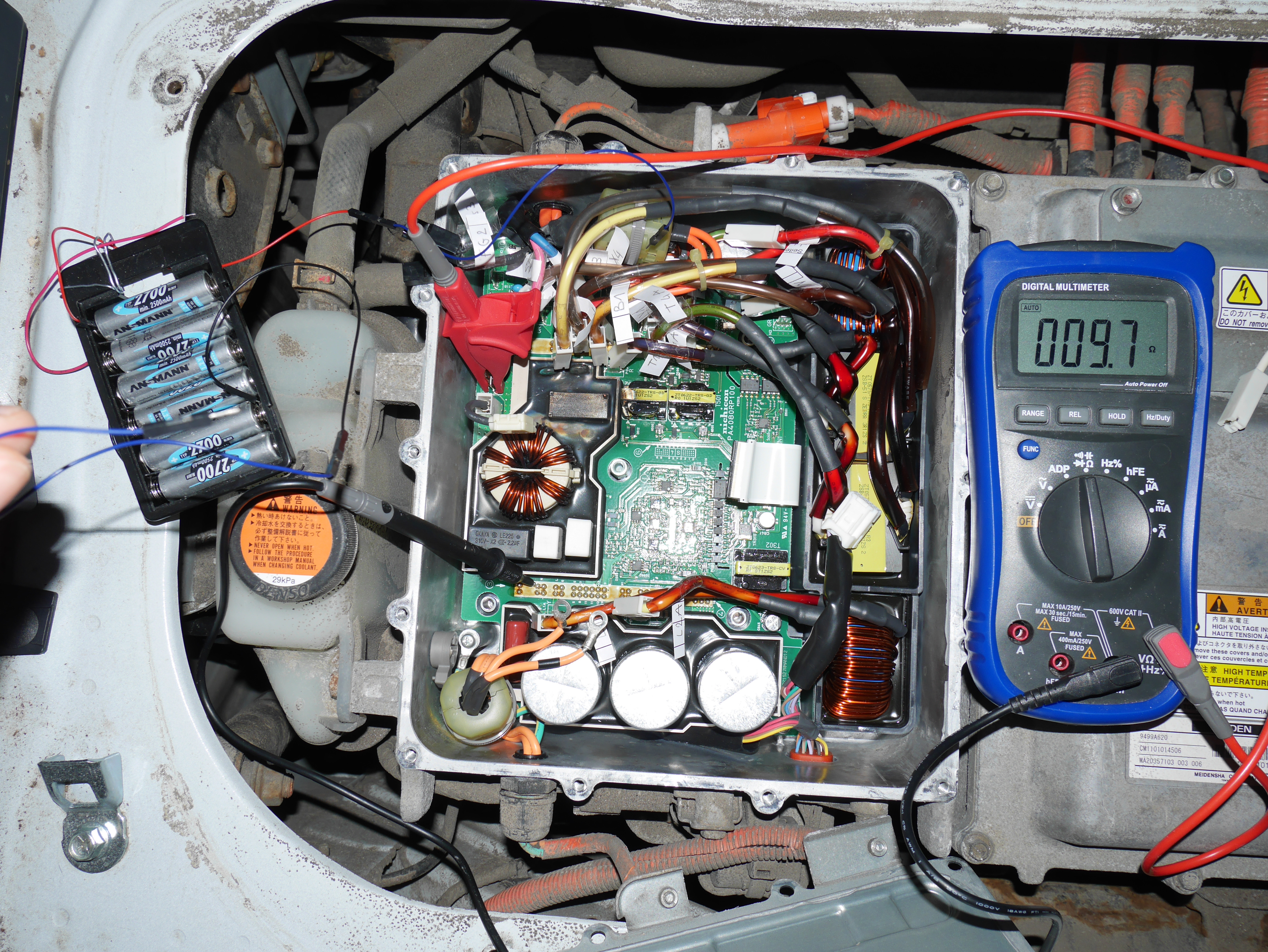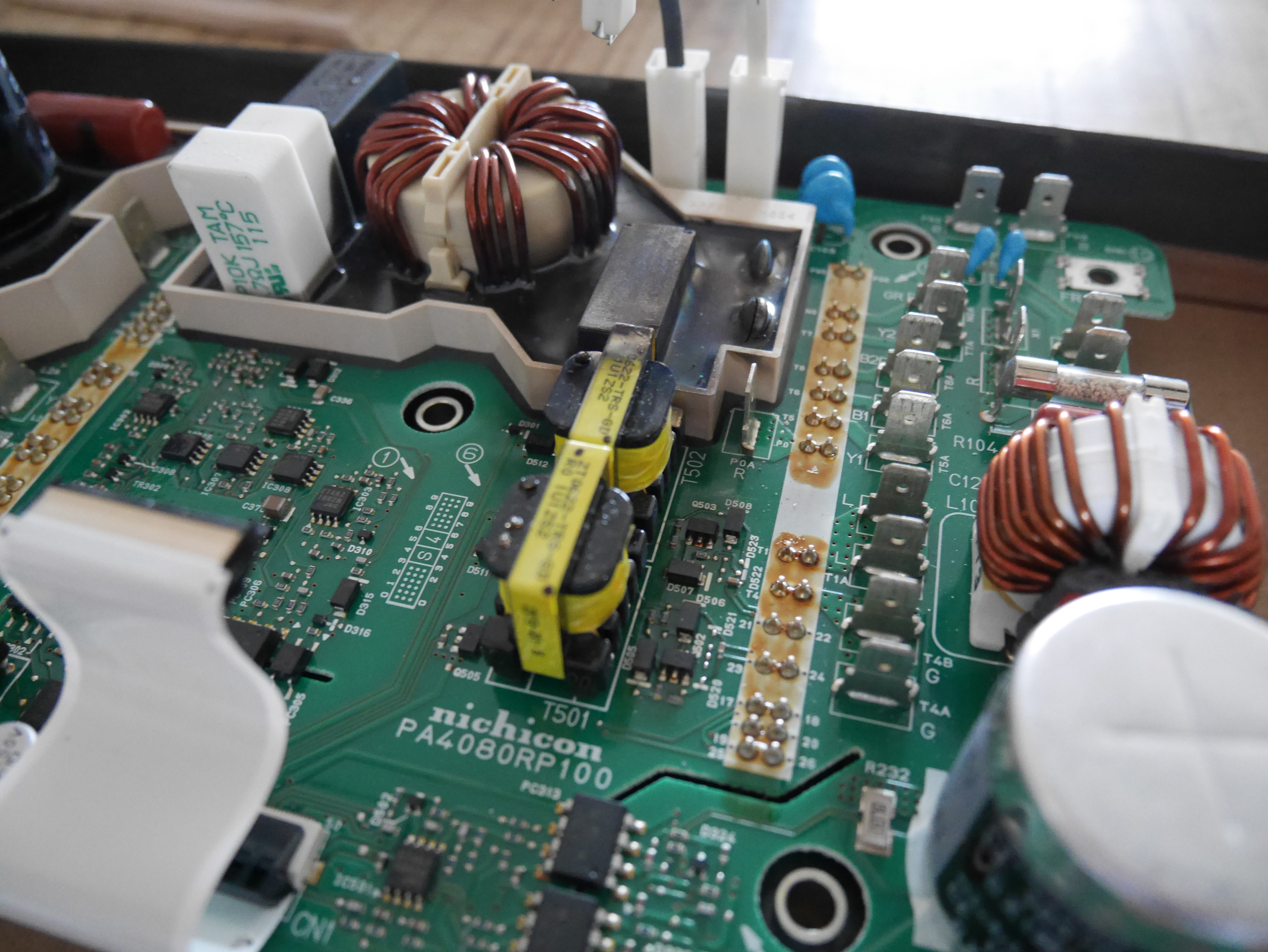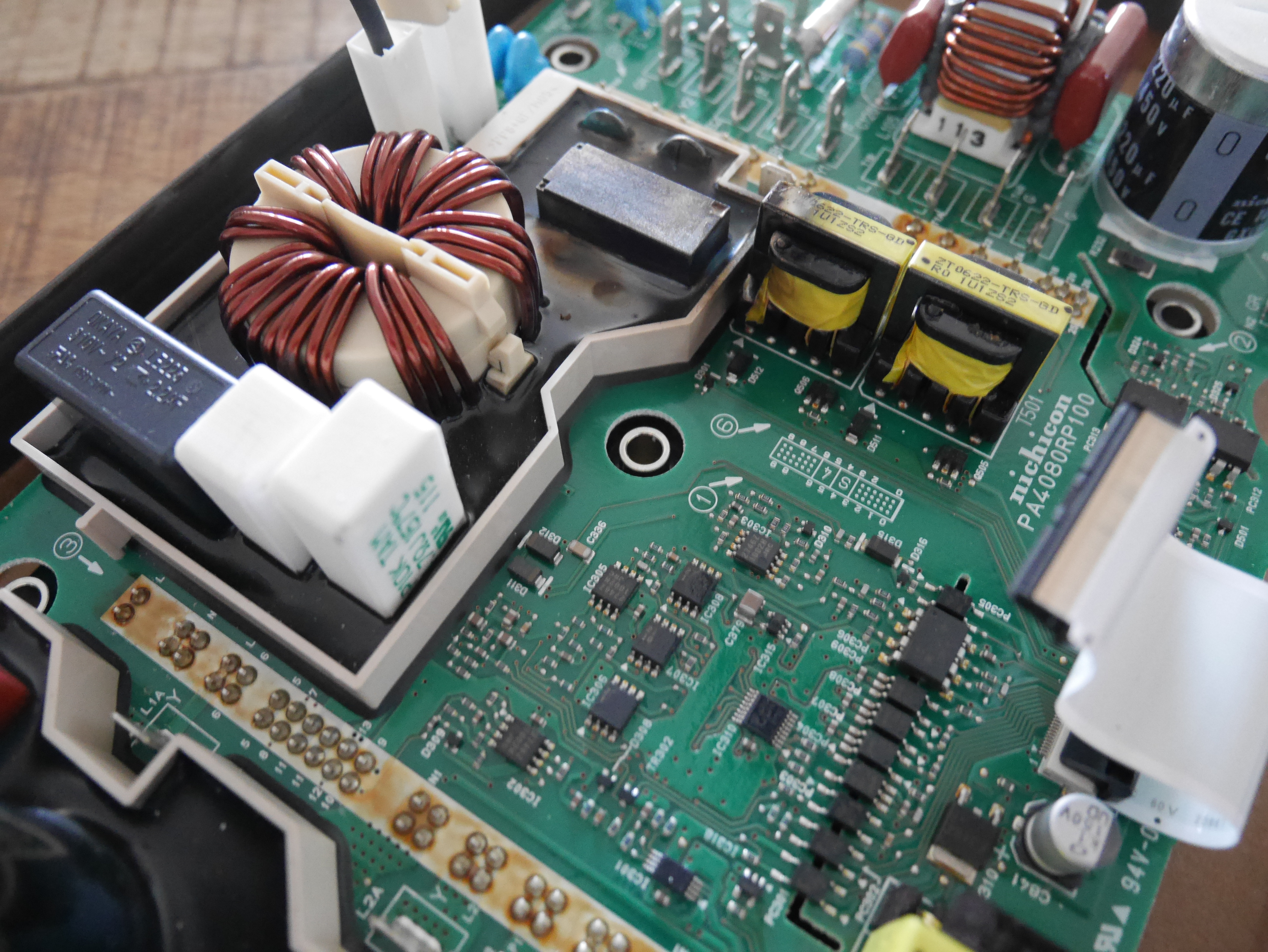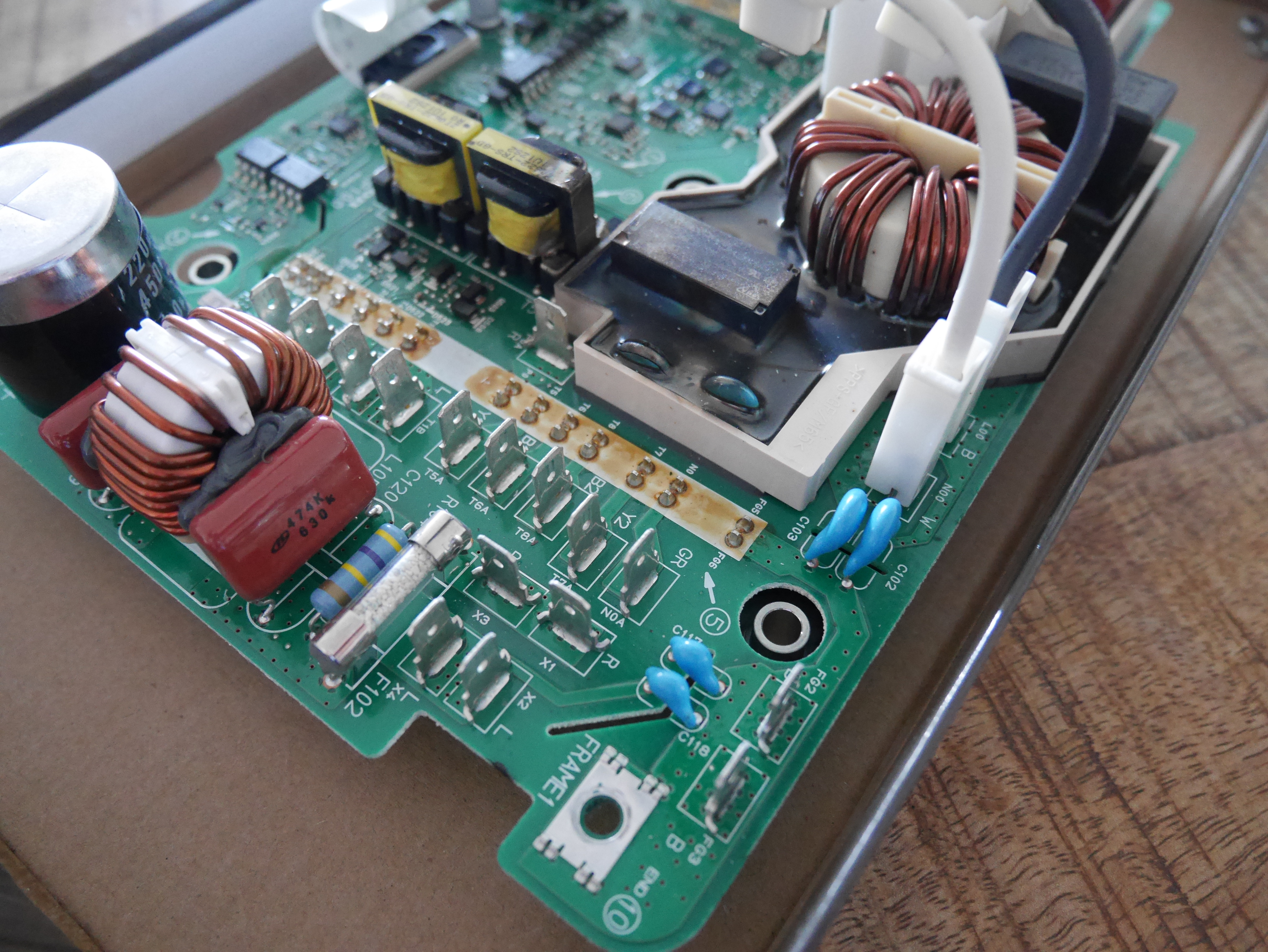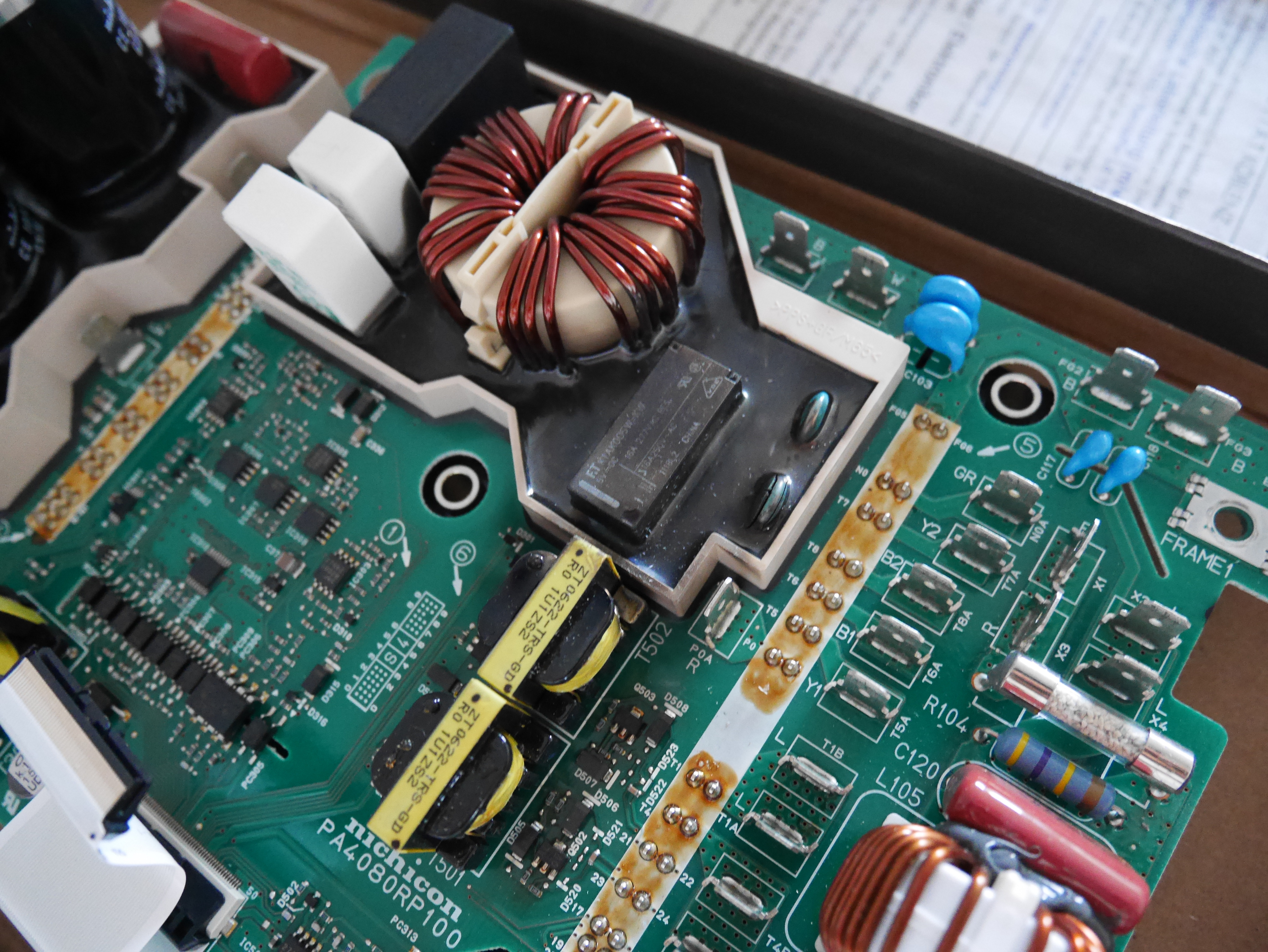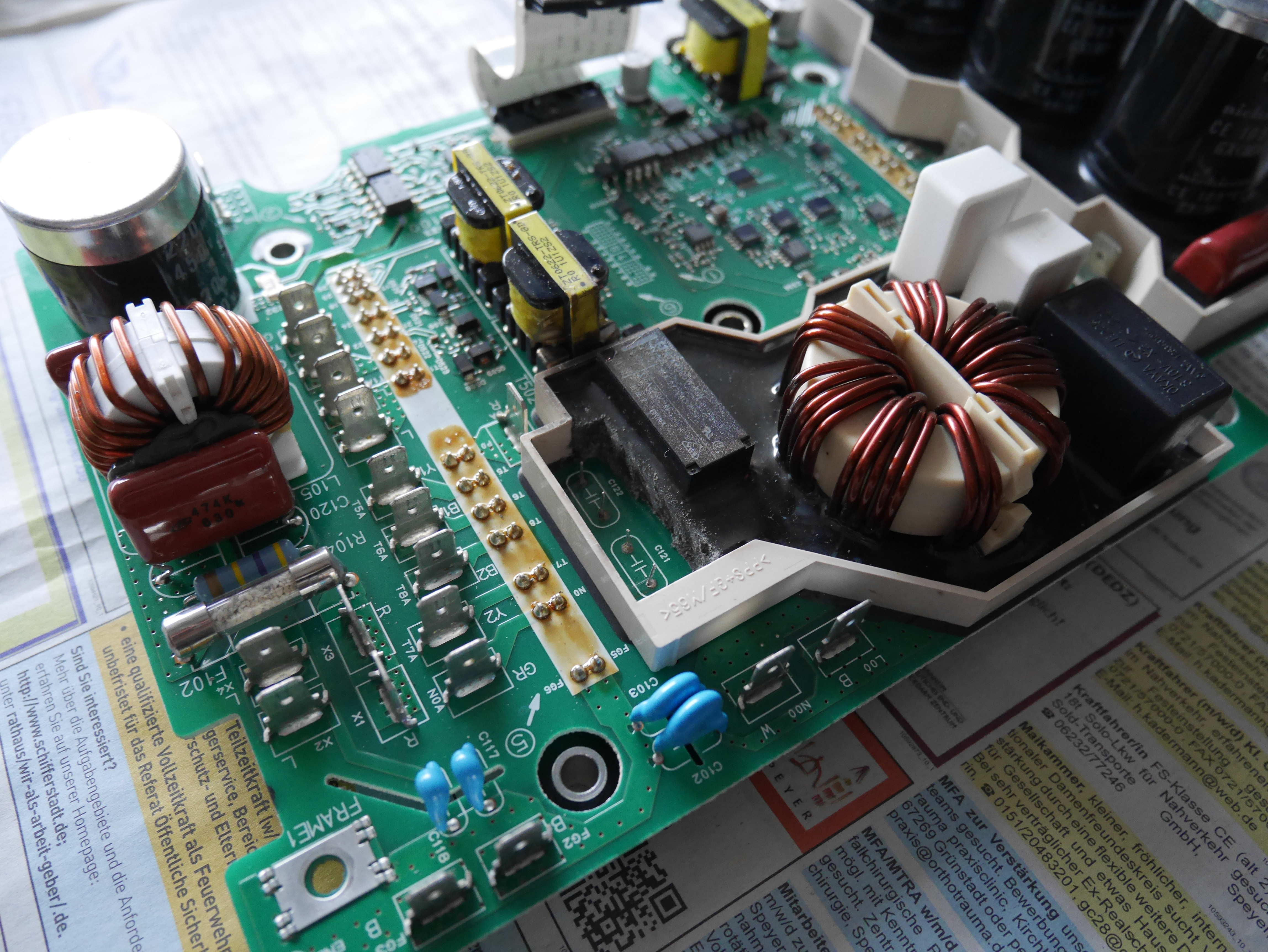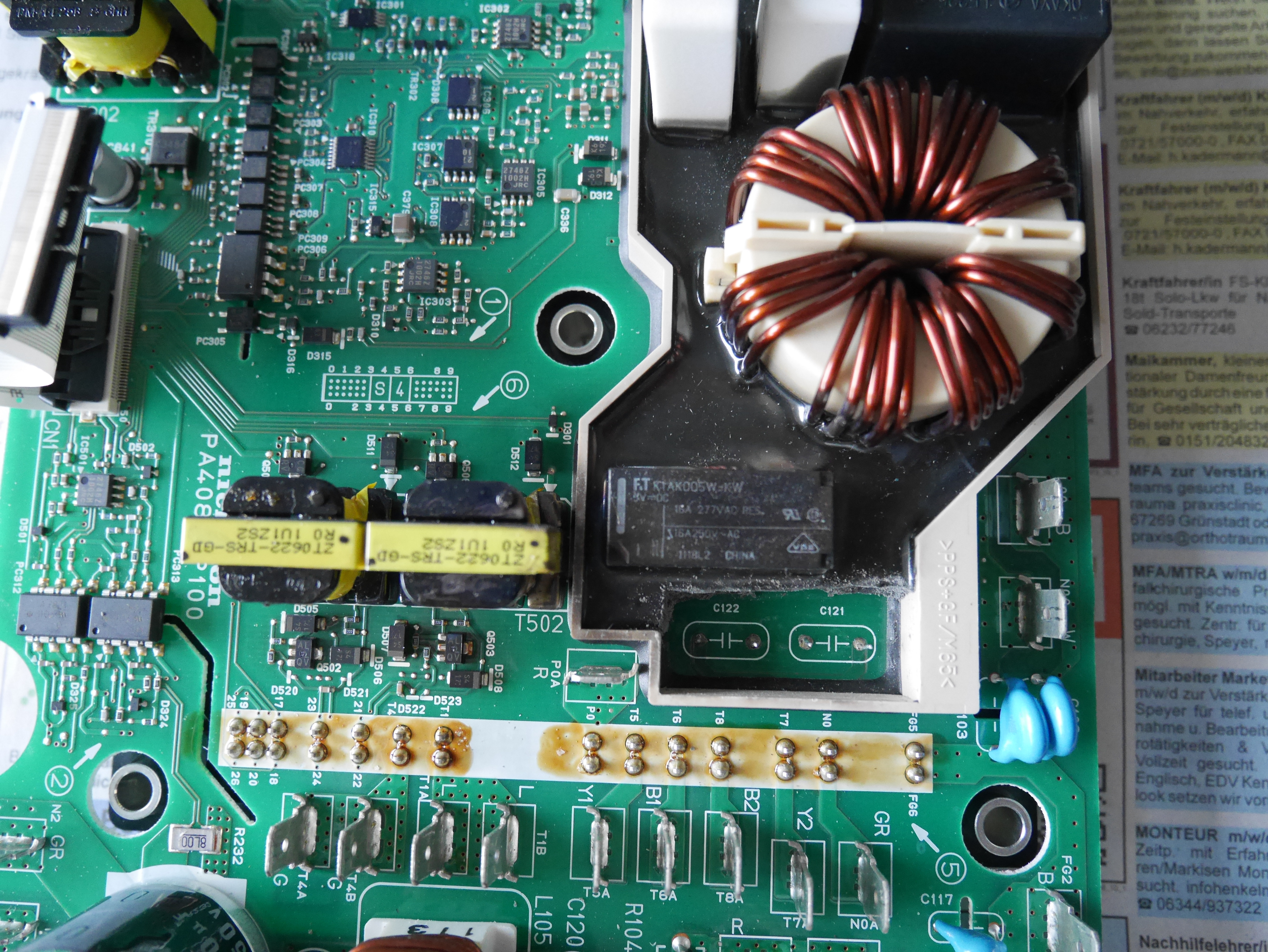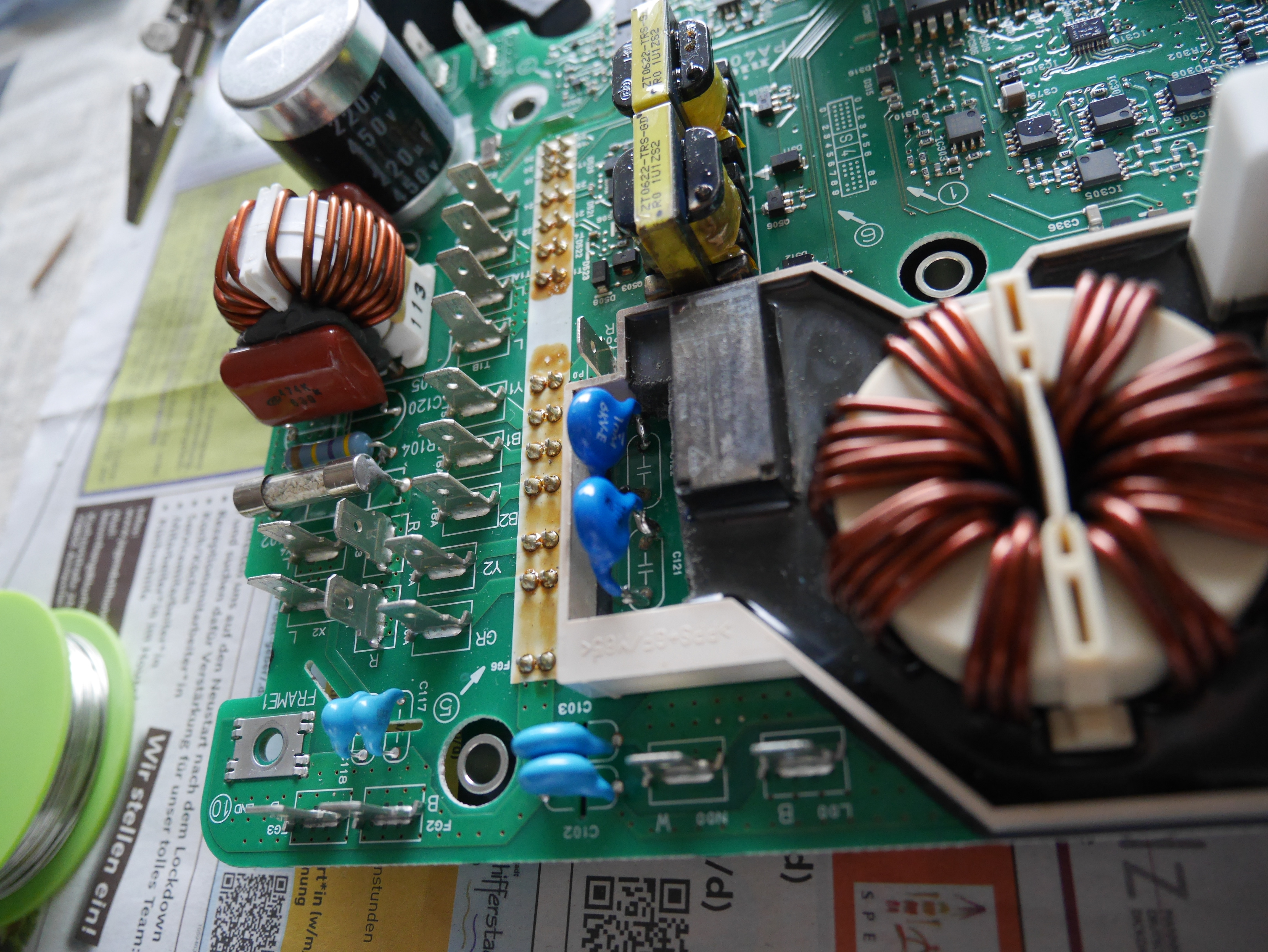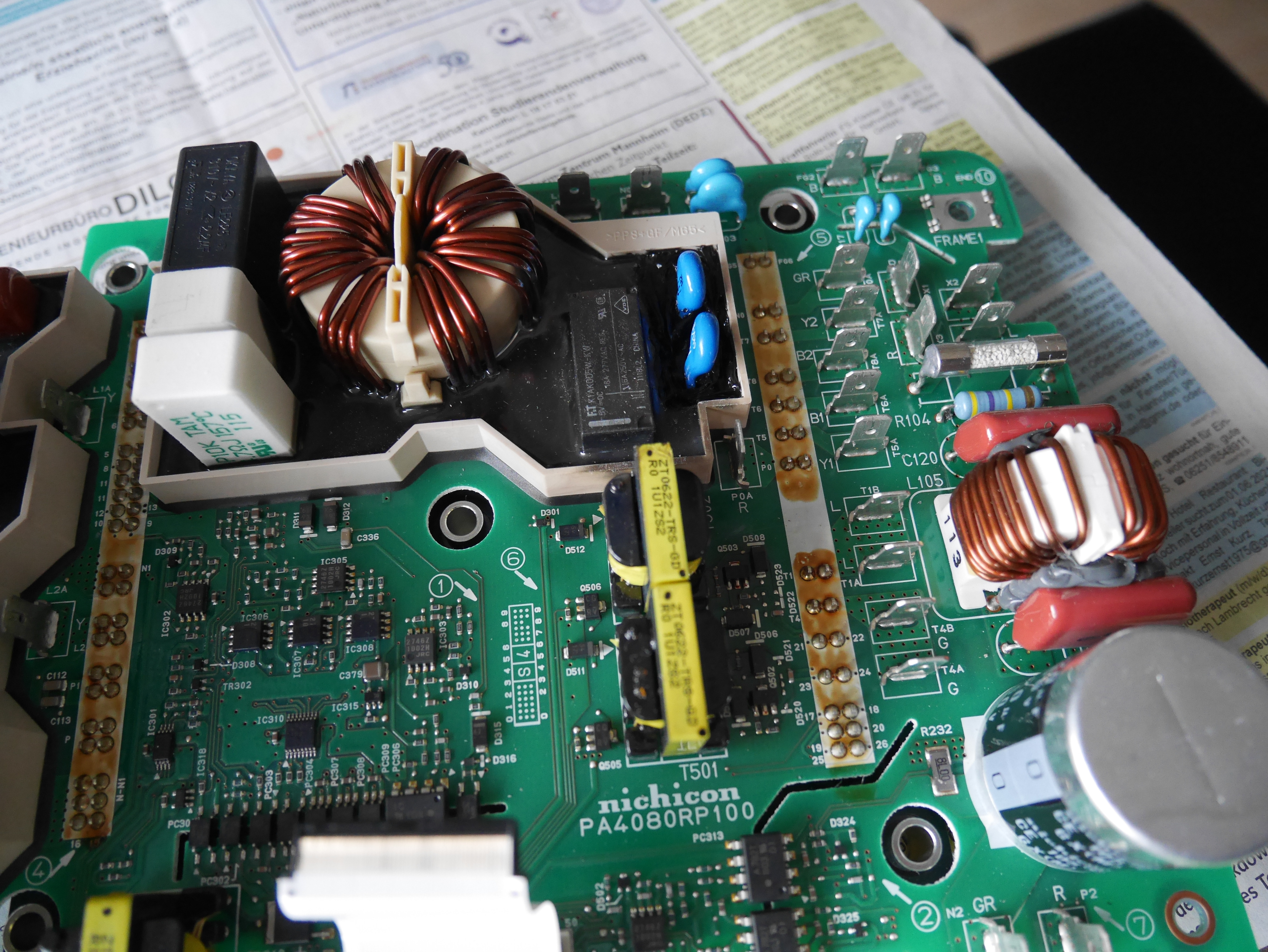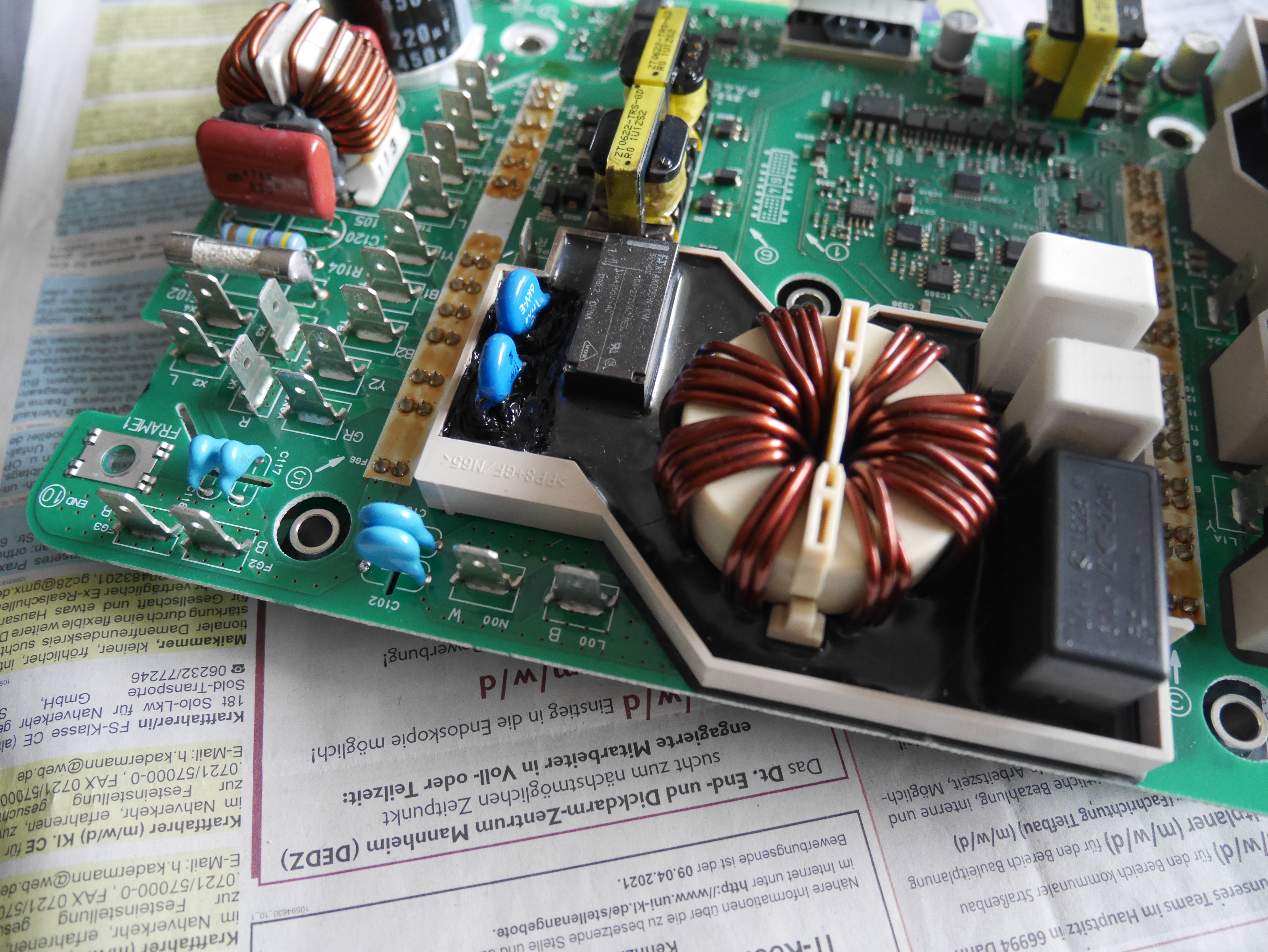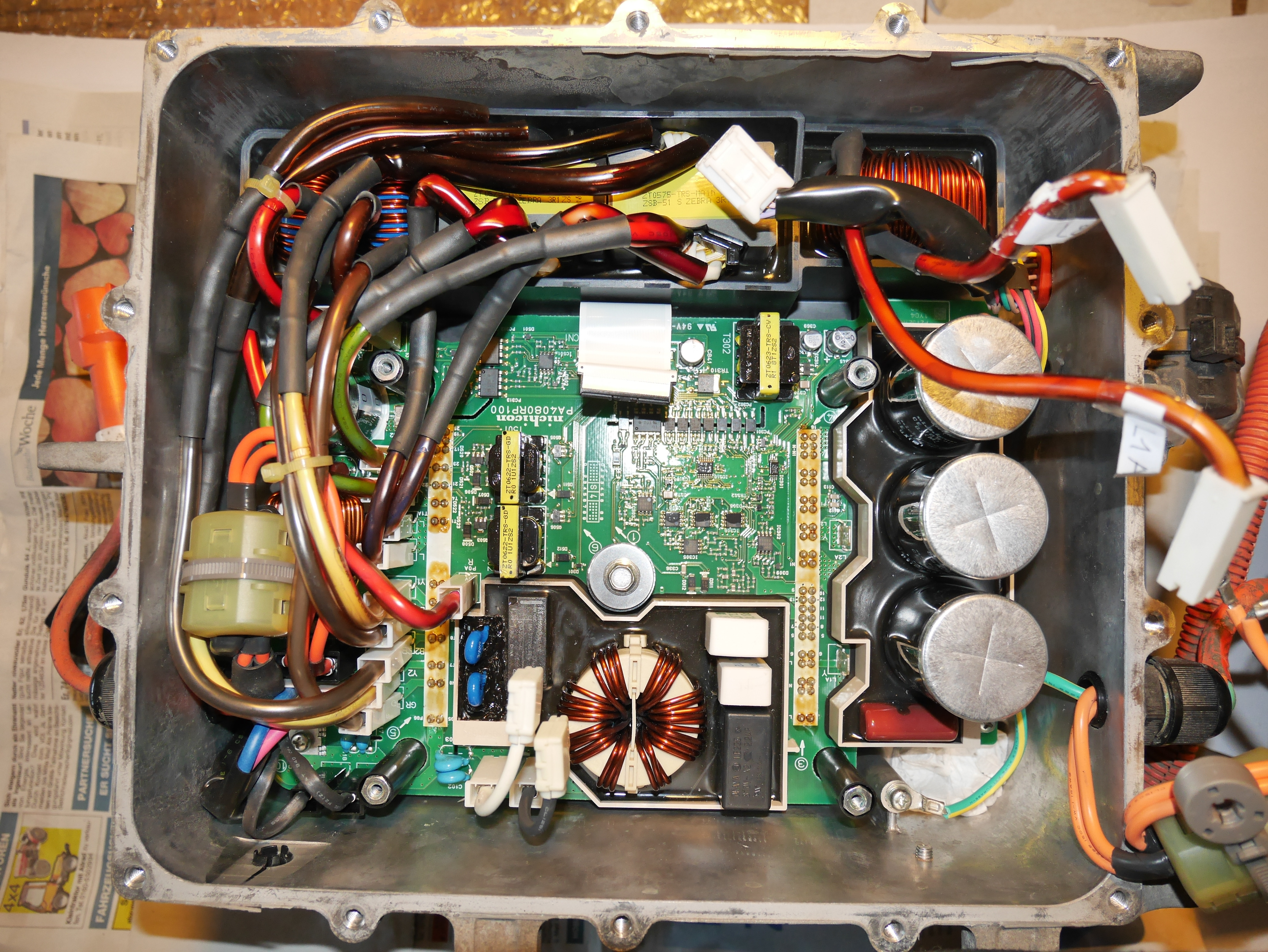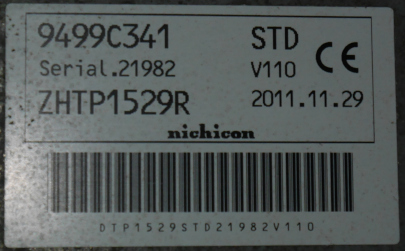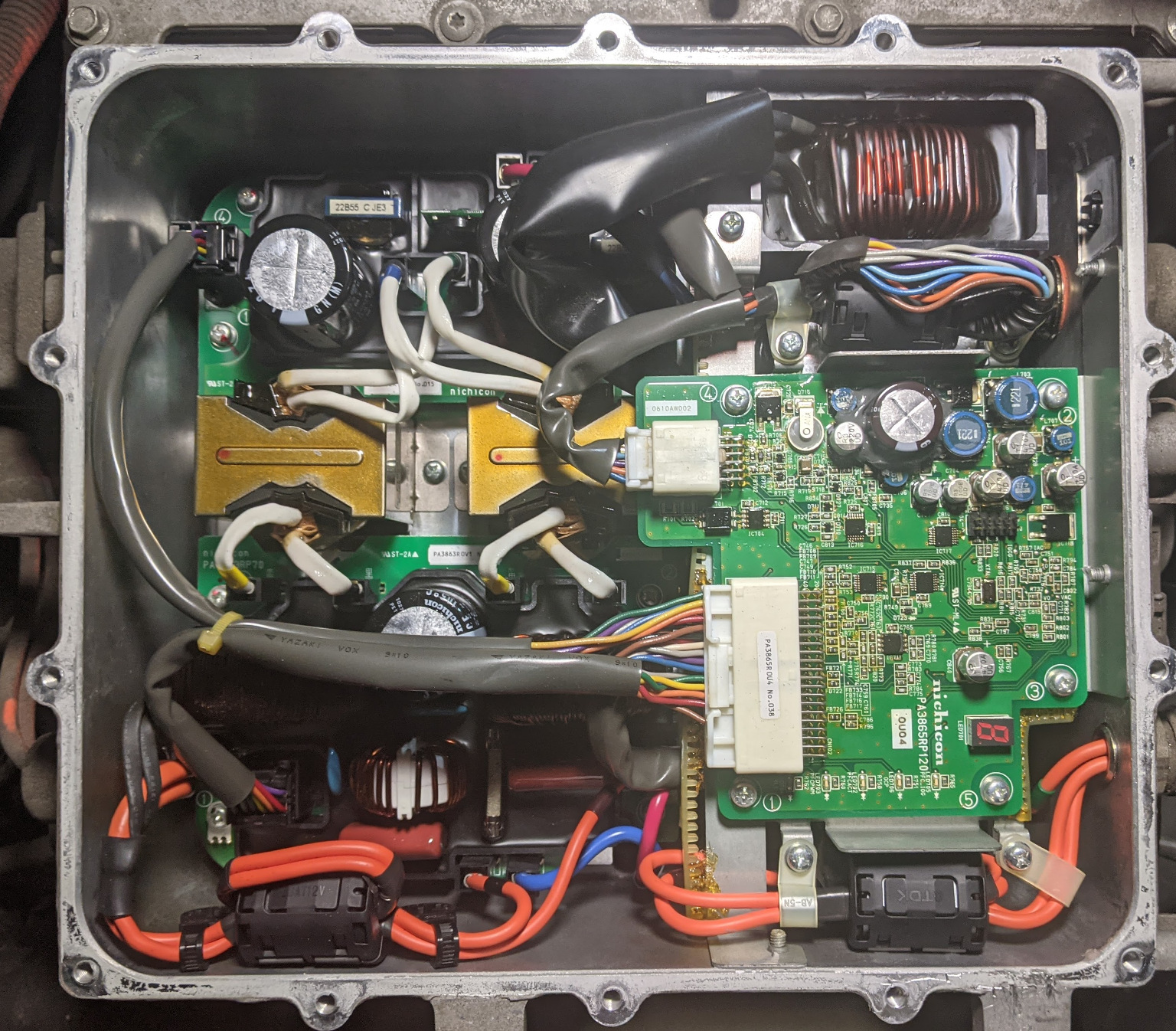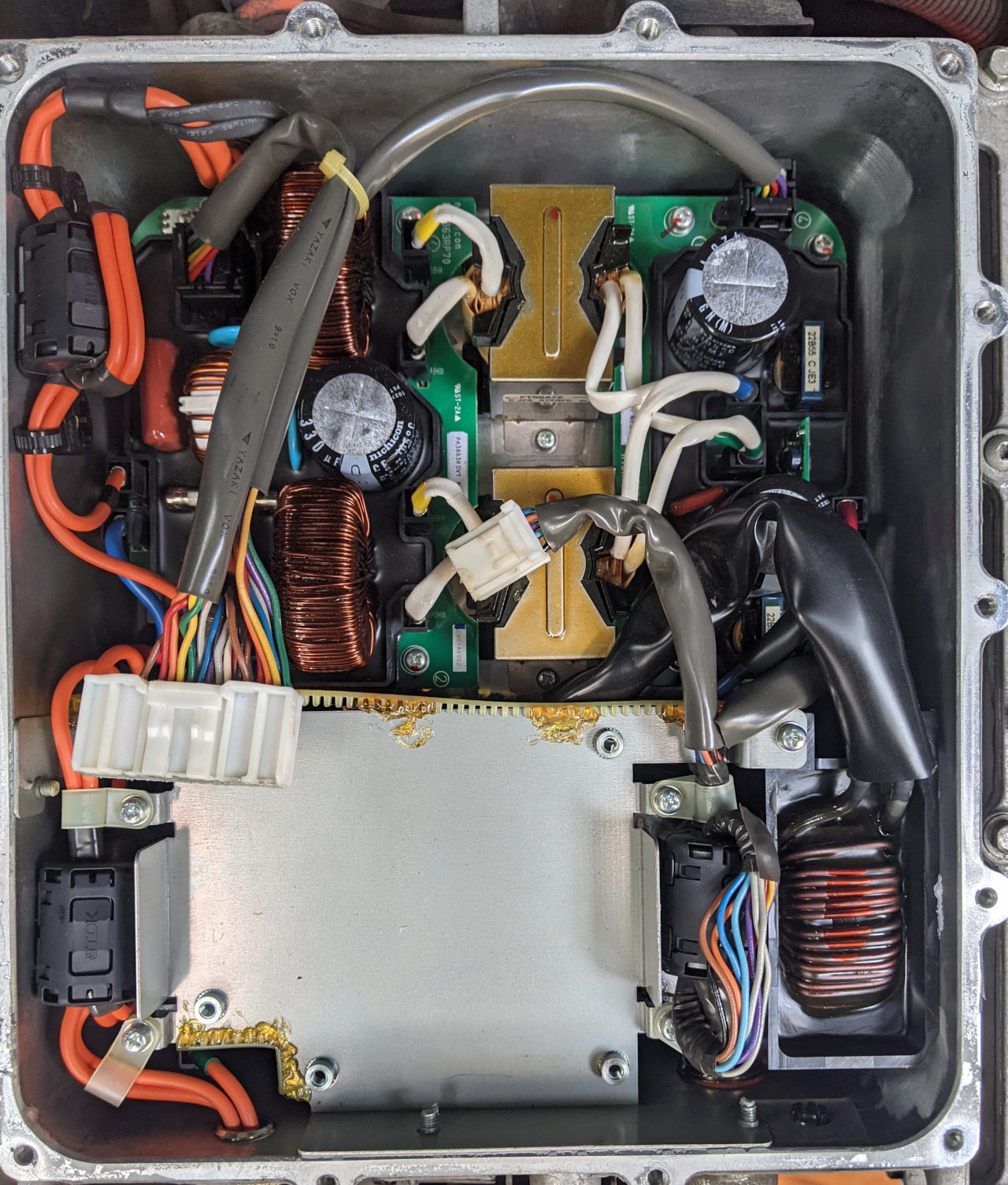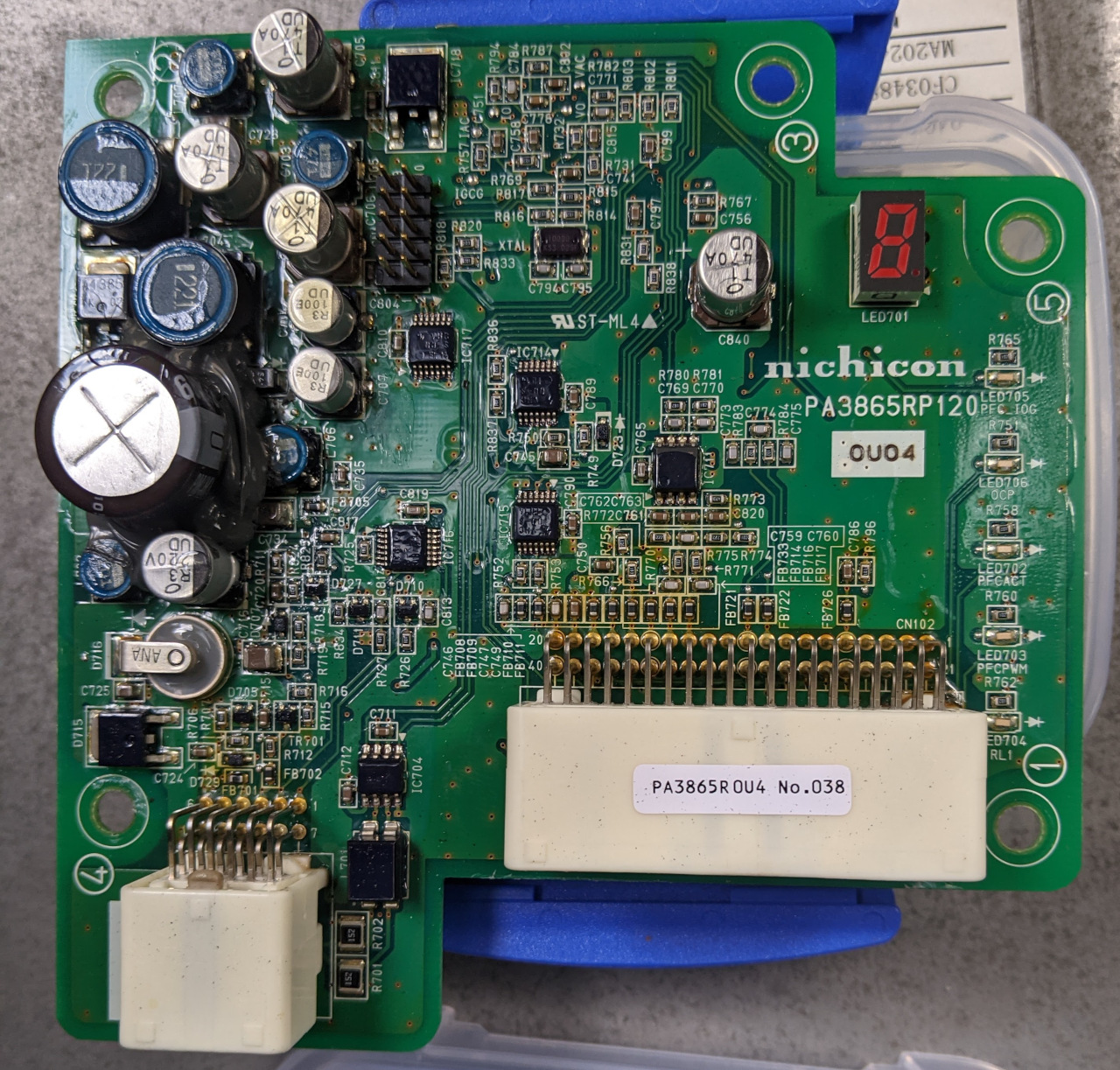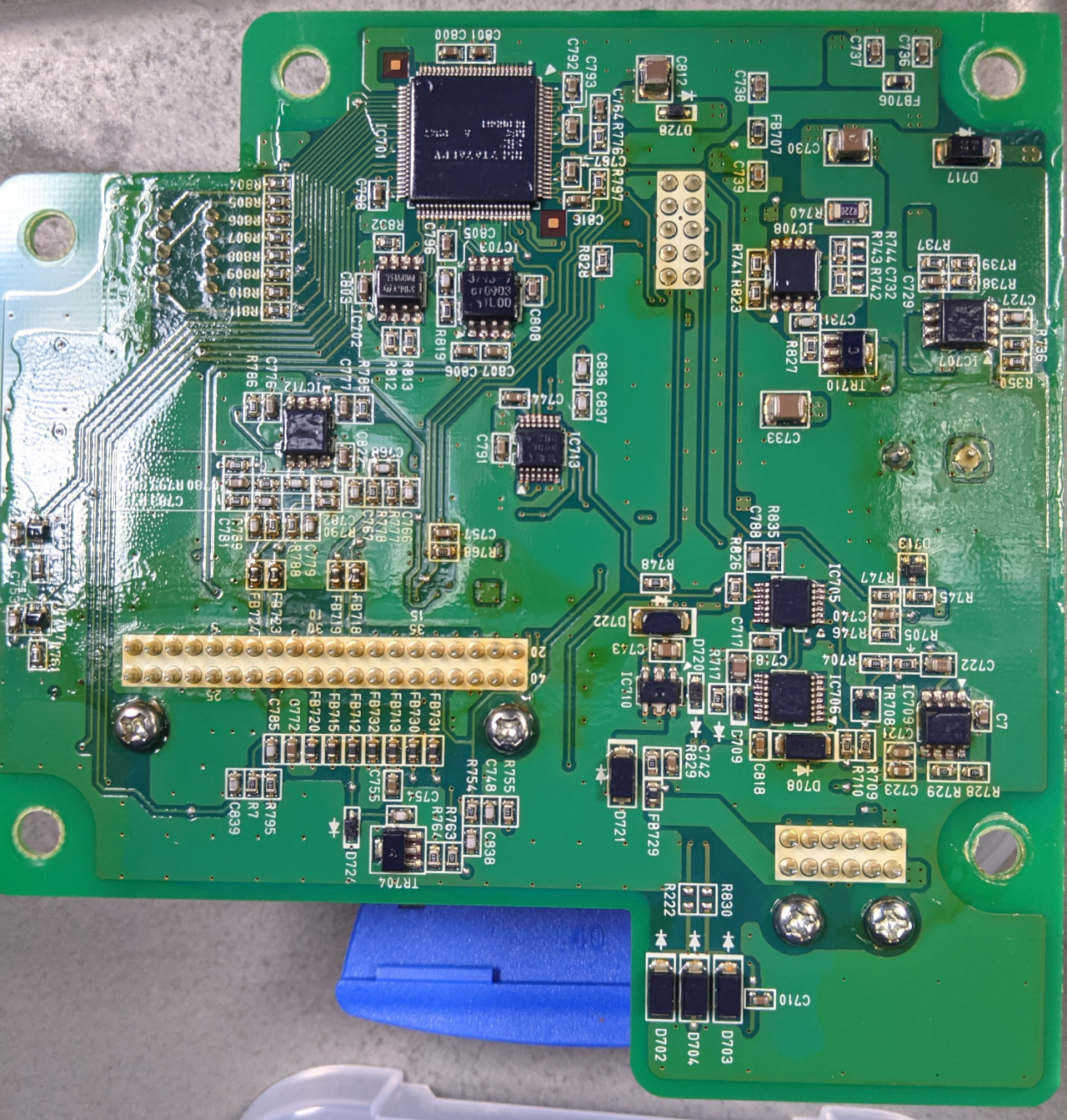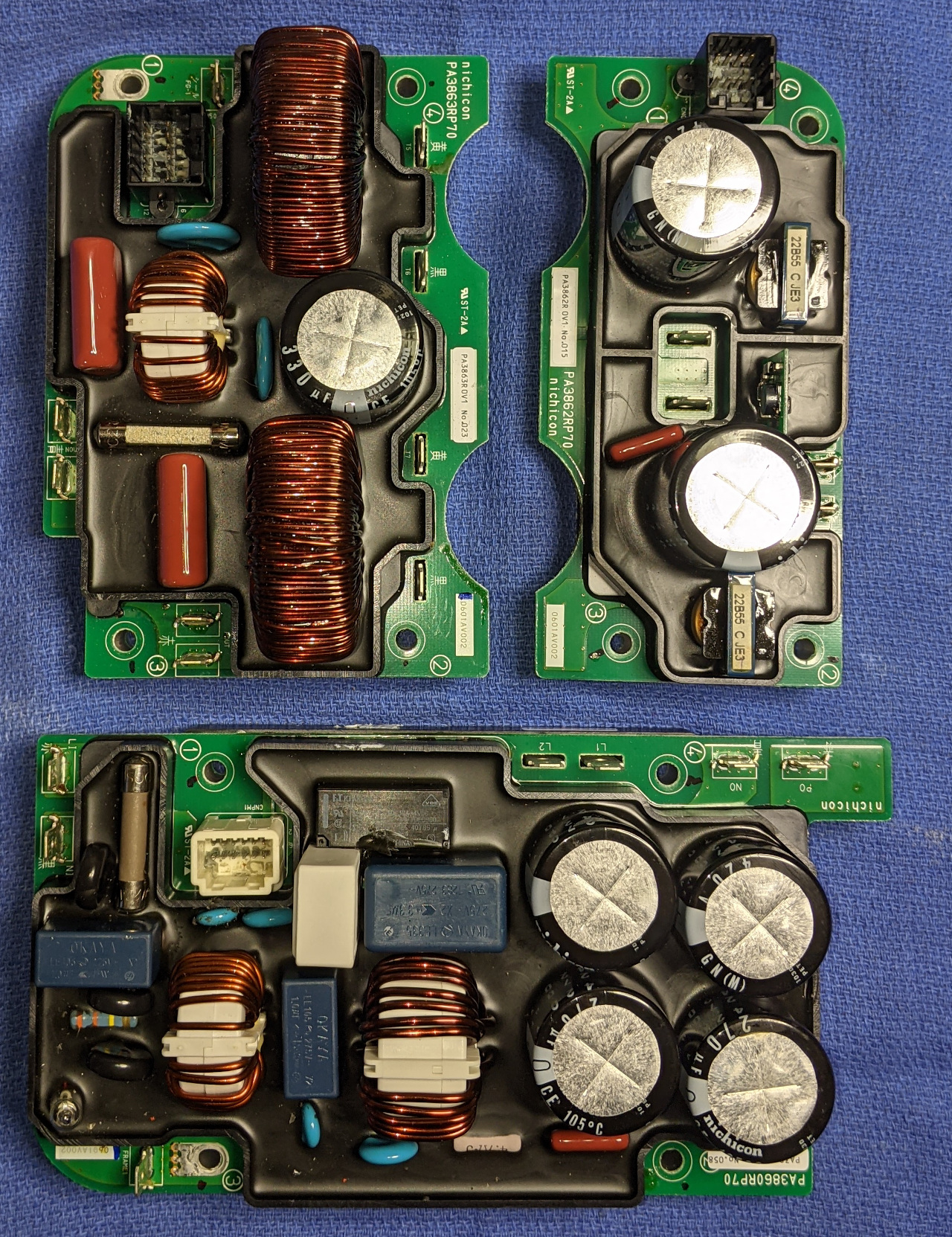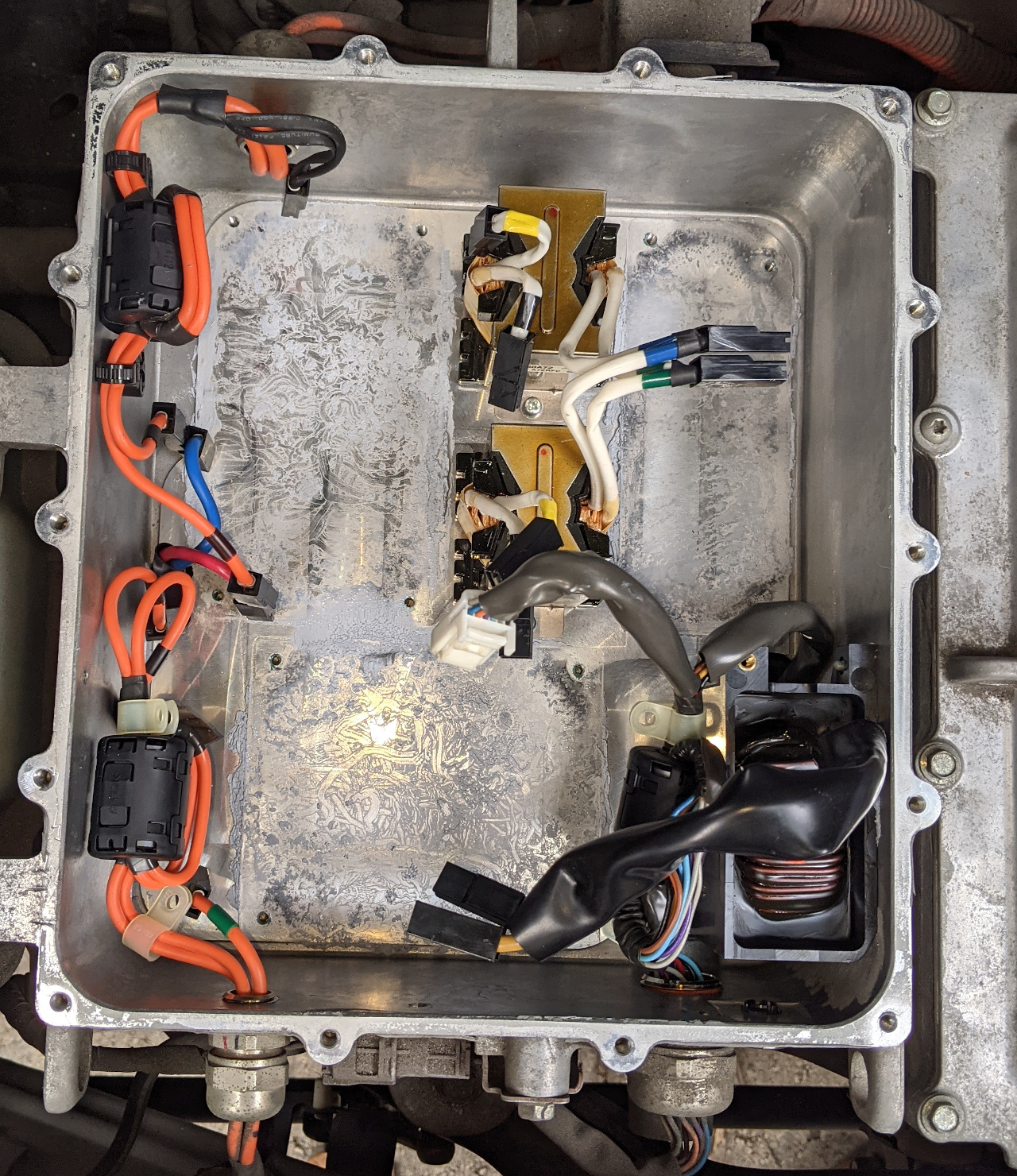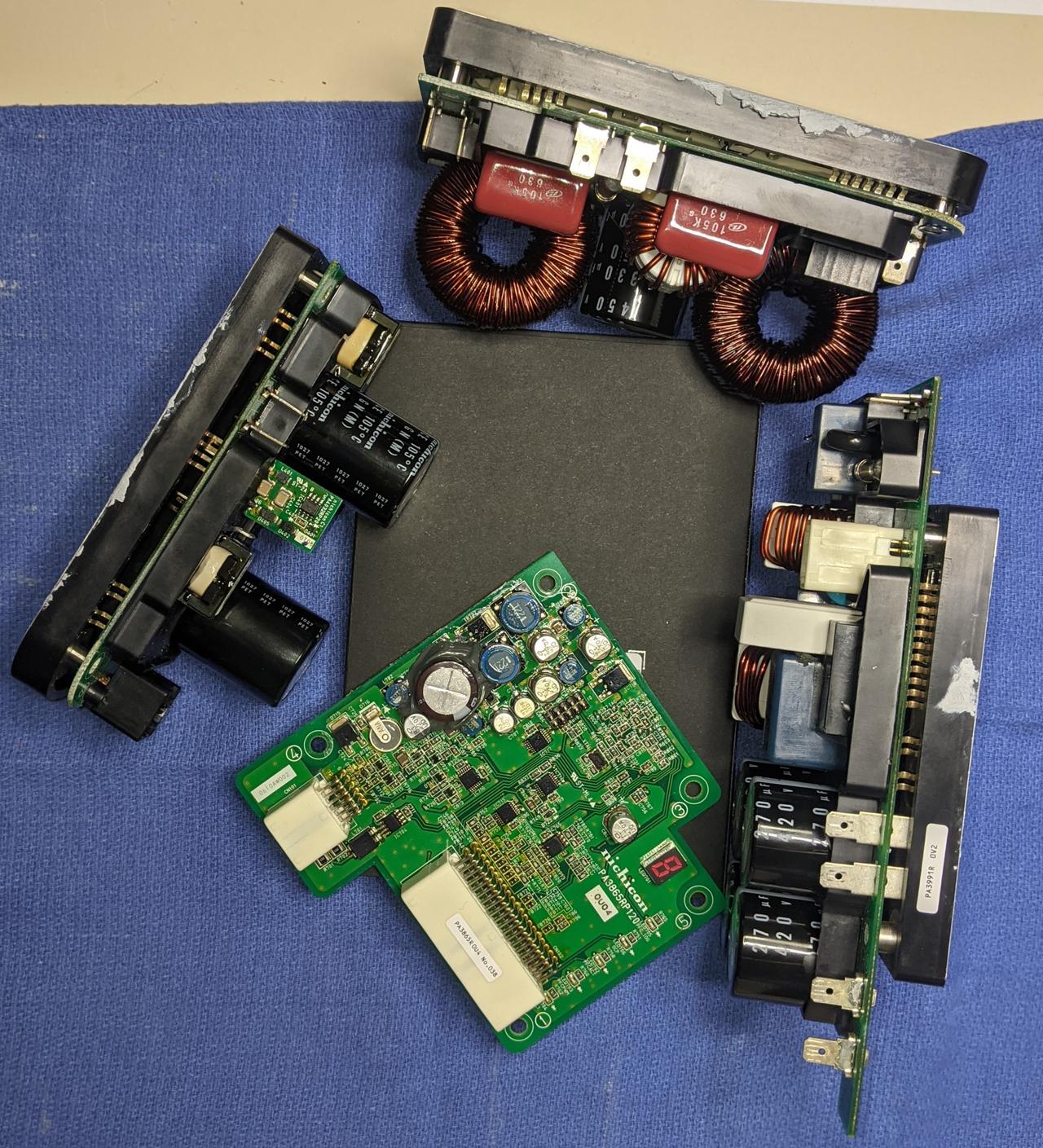Sorry i wasn't explicit about the test conditions, but you never attempt to measure resistance with a voltage applied to a circuit. This is common knowledge to those with experience in electrical repairs, but not to everyone on an internet forum. It should be understood that there is no voltage applied when trying to measure resistance, capacitance, continuity or diode voltage drops or transistor polarity. Only measure voltage when power is applied and be very careful what and where you touch the probes.
The cap voltage was one test with voltage applied; then turn all the 12V power off and make the resistance measurement.
A resistance reading of OL is an open circuit (infinite resistance = no continuity); 0.0 Ohms is a short circuit, and 0.5 is a very low resistance almost a short circuit. The FB parts are intended to act a short circuit jumpers across a gap in the traces and possibly blow open like a fuse in the event of an overcurrent condition in order to protect down stream components.
So with no power applied, is there continuity across FB706 or is there no continuity?
The cap voltage was one test with voltage applied; then turn all the 12V power off and make the resistance measurement.
A resistance reading of OL is an open circuit (infinite resistance = no continuity); 0.0 Ohms is a short circuit, and 0.5 is a very low resistance almost a short circuit. The FB parts are intended to act a short circuit jumpers across a gap in the traces and possibly blow open like a fuse in the event of an overcurrent condition in order to protect down stream components.
So with no power applied, is there continuity across FB706 or is there no continuity?




